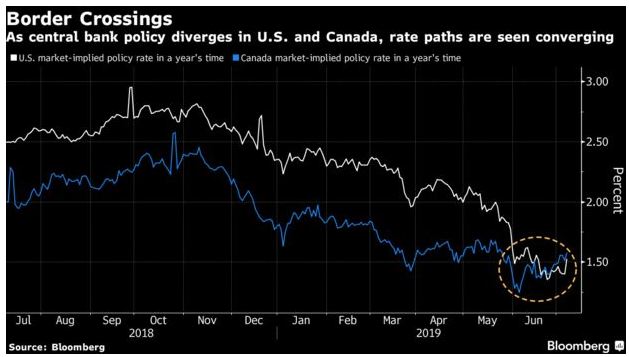5 WAYS YOU COULD USE A CHIP REVERSE MORTGAGE
 Reverse mortgages are continuing to grow as a retirement solution for Canadians 55+. Homeowners 55+ are unlocking their home equity for tax-free funds that improve their cashflow and pay-off higher interest loans. Consider your own financial needs. Do any of these 5 common scenarios sound familiar?
Reverse mortgages are continuing to grow as a retirement solution for Canadians 55+. Homeowners 55+ are unlocking their home equity for tax-free funds that improve their cashflow and pay-off higher interest loans. Consider your own financial needs. Do any of these 5 common scenarios sound familiar?
1) You have missed a payment/made a late payment.
Credit card payments can become a vicious cycle; you make monthly interest payments and elongate the process of chipping away at that debt. Alleviate the stress of credit card debt by consolidating smaller loans with a reverse mortgage at a much lower interest rate. By consolidating your debt with a reverse mortgage, you can eliminate the stress of having to make monthly payments towards your loan and in turn, free up your monthly income.
2) You have asked to skip a payment or are accessing your investments earlier than you’d like.
If your debt has led to missing payments or touching your RRIF or retirement accounts, consider using a reverse mortgage to unlock up to 55% of your home equity. This way you can pay off debts while your investments keep working for you.
3) You want to start crossing things off your bucket list, yet can’t afford to.
Maybe your dream is to purchase a second home like a cottage, take a vacation, or even just dine out or attend the theatre regularly. A reverse mortgage can improve your retirement lifestyle by supplementing your monthly income without affecting your OAS and pension.
4) You want to financially assist your aging parents/kids/grandkids.
As the sandwich generation, you’re caring both for kids and aging parents. That can place huge financial stress on a household. A reverse mortgage can give both you and your aging parents financial independence and the ability to help your kids/grandkids pay for their education or even assist with a down payment for their home.
5) You are facing unexpected expenses.
Maybe it’s a leaky roof or a flood in your basement. Or you might have to renovate your home, allowing you to stay in your home long term. A reverse mortgage gives you quick access funds to pay for unplanned expenses without worrying about making any payments until you move or decide to sell your home.
If any of the above examples resonate with you, the CHIP Reverse Mortgage from HomeEquity Bank could be a great solution. Choose to receive funds as a lump sum or a monthly advance, depending on your needs. Your DLC Mortgage Broker can tell you more!














